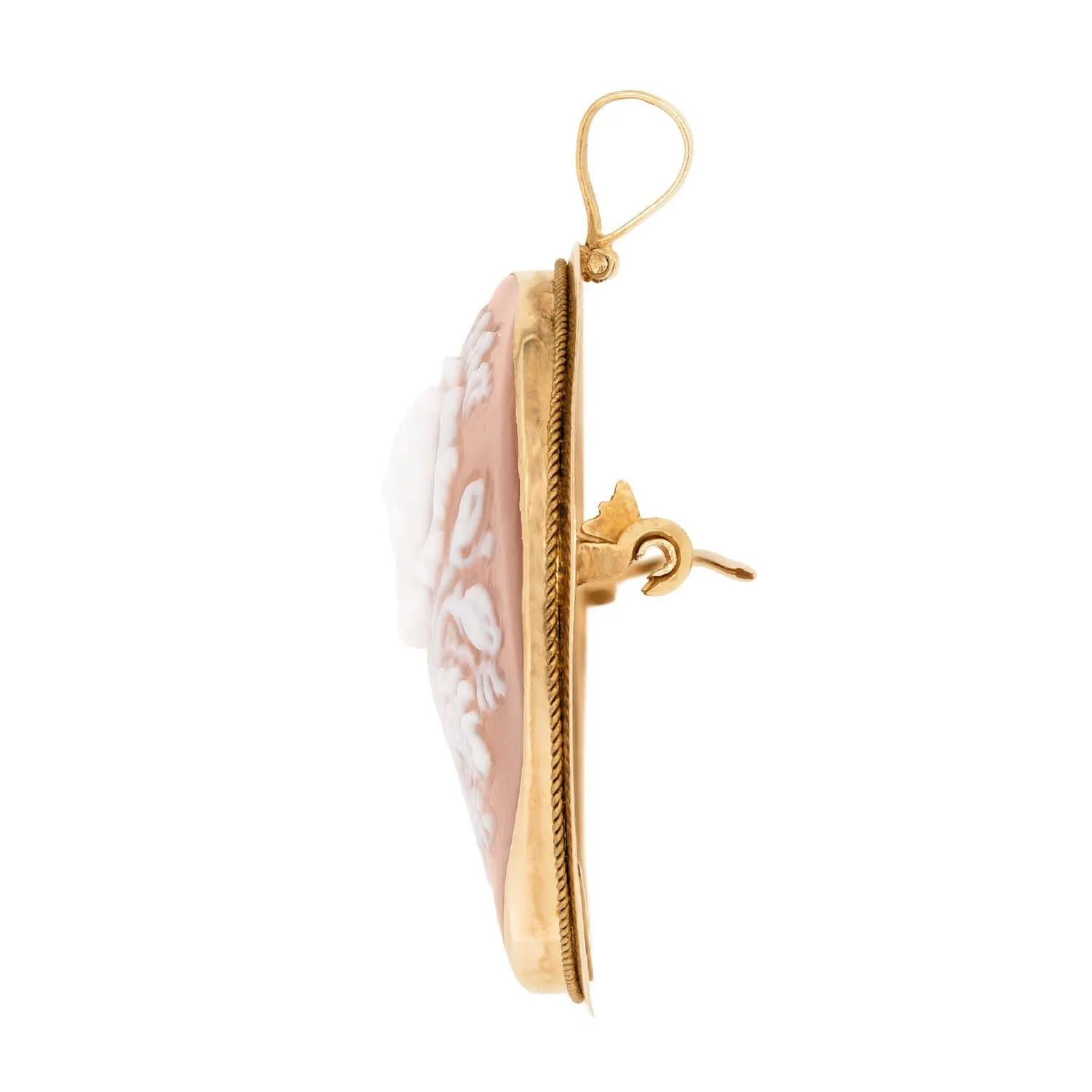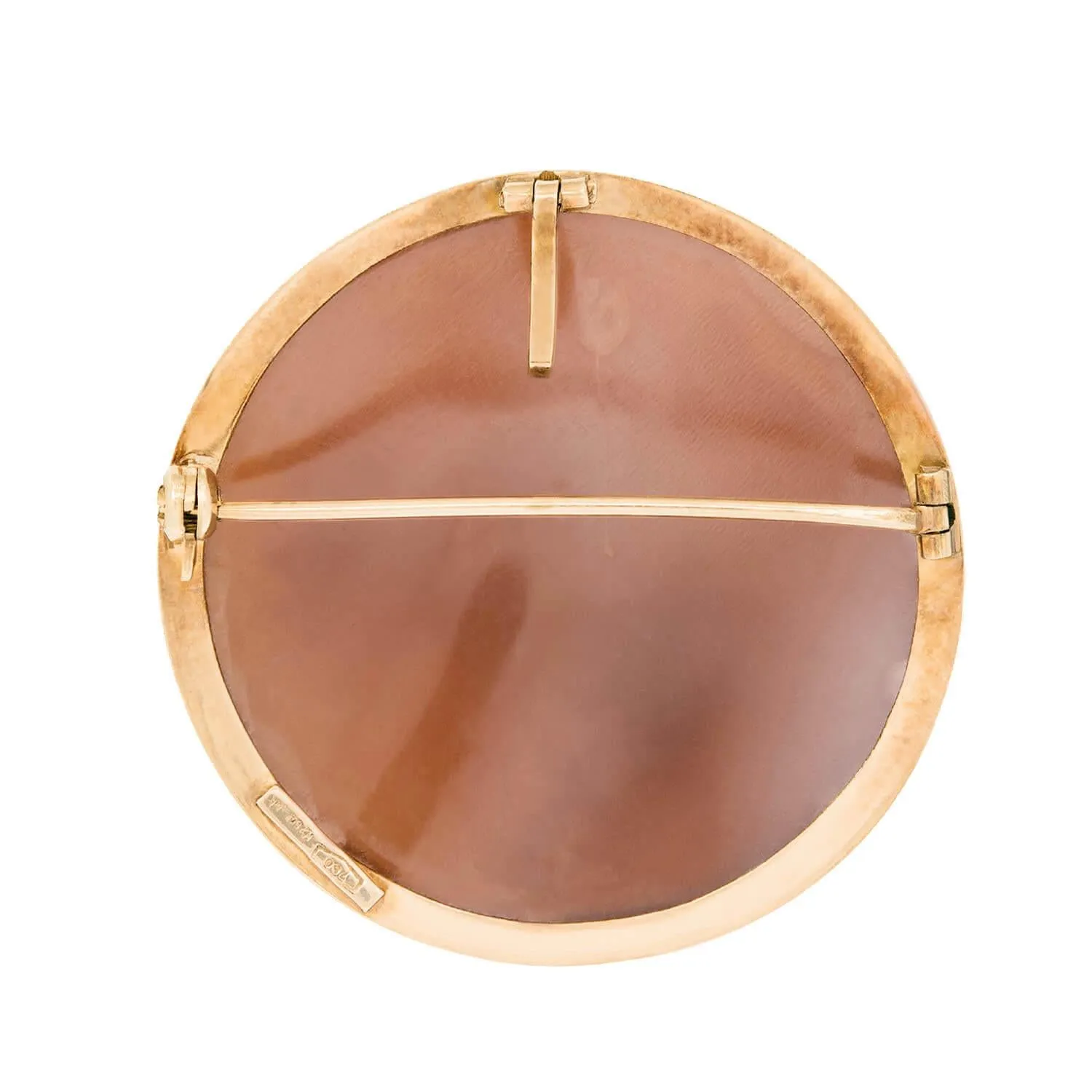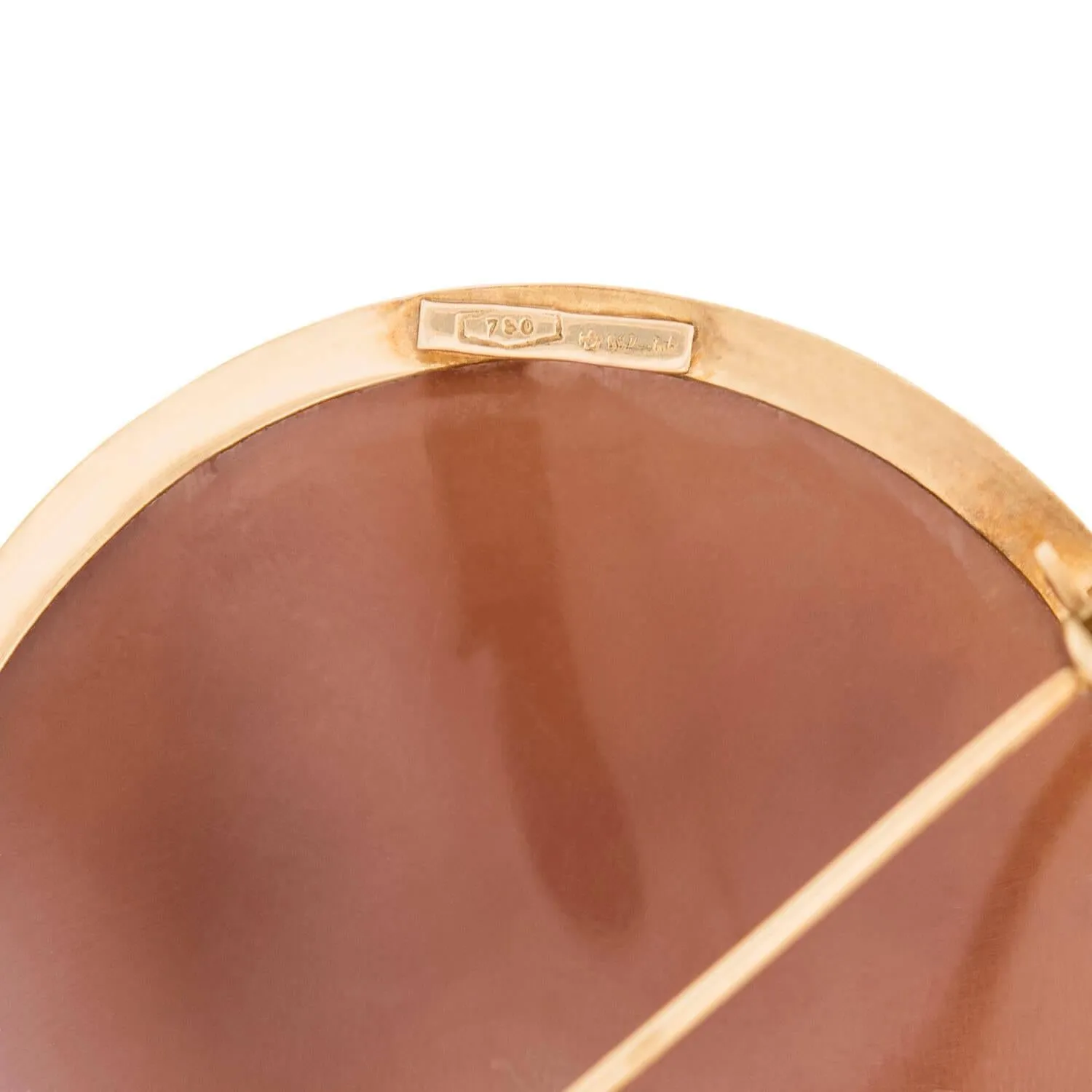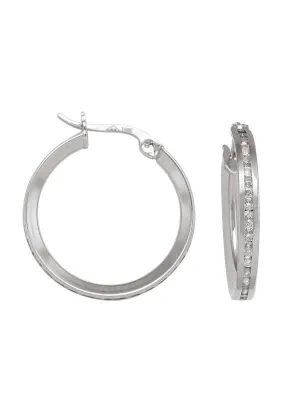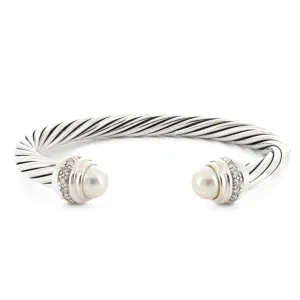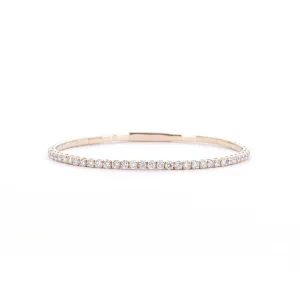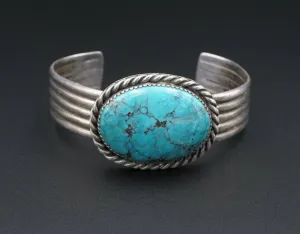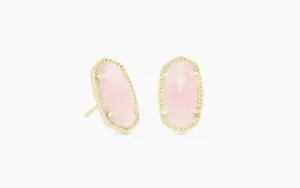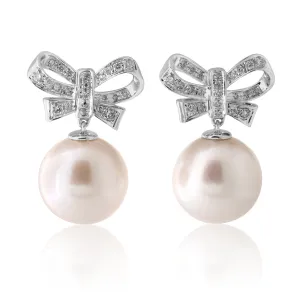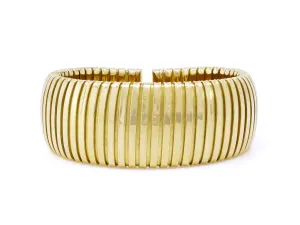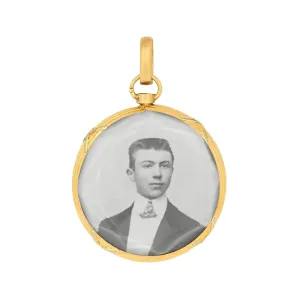Product Details
+
The earliest known use of shell for cameo carving was during the 15th and 16th centuries. Before that, cameos were carved from hardstone. The Renaissance cameos are typically white on a grayish background and were carved from the shell of a mussel or cowry. In the mid 18th century, explorations revealed new shell varieties. Helmet shells from the West Indies, and queen conch shells from the Bahamas arrived in Europe, thus sparking a big increase in the number of cameos that were carved from shells.Most commonly, cameos portrayed the faces or images of Romanesque women. Most oftenthey had upswept hairstyles andsome were even adorned with jewelry. The cameos usually depicted the portrait of the "idealized" woman or god's and goddesses from mythology.
This Art Deco (ca1930) cameopin is hand carved from shell and is simply gorgeous!The largecameois set in an ornate 18k goldframe, which is surrounded by a smaller, gold rope-like border design. The beautiful cameo ishighlydetailed, depicting a large central blooming flower, and smaller budding flowers.The flowers are also surrounded by supporting foliage. On the back is a secure pin clasp, and "750", a small star, "SC" and "NA" hallmarks. The cameo also features a gold bail, allowing the pin to be added a a chain and worn as a necklace. This exquisite broochwould make a lovely addition toany cameo collection!
Measurements:The cameo pin measures approximately 1 1/2" tall, is 1 1/2" wide and approximately 1/4" deep.
Condition: The overall condition of the brooch is excellent. There is no apparent damage to the cameo or to the gold settingand the pin clasp is secure and in good working condition.





